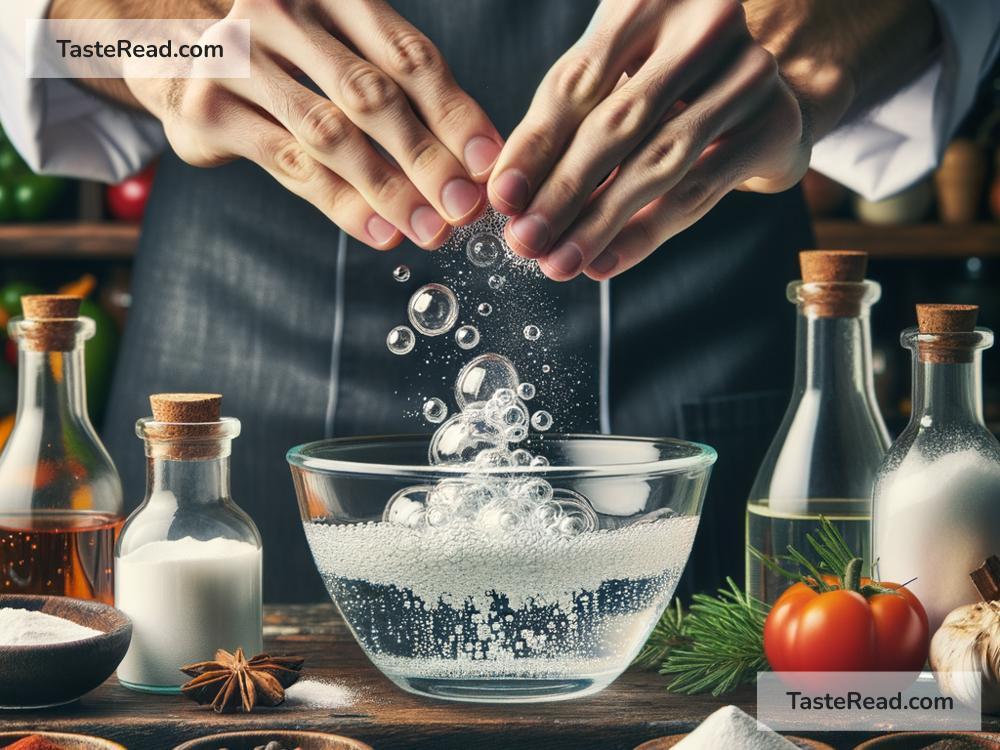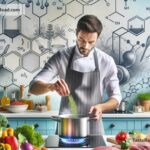The Science of Cooking with Chemical Dexterity: Techniques and Tips
Cooking is not just about following recipes or stirring ingredients in pans. Behind each delicious dish lies a fascinating world of science. Yes, cooking is a kind of chemistry in its own right! Every boil, fry, bake, or grill is a chance to practice chemical dexterity—understanding and controlling how ingredients interact, transform, and combine. In this blog, we’ll explore the science behind cooking in simple terms and share tips to help you turn your kitchen into a creative lab.
What Is Chemical Dexterity in Cooking?
Chemical dexterity in cooking refers to your ability to manipulate the chemical processes that occur when you heat, mix, or prepare food. Think of it like playing with tiny building blocks called molecules—they’re constantly changing when you cook. Whether it’s turning dough into bread, whisking eggs into fluffy peaks, or caramelizing sugar into golden syrup, chemistry is working behind the scenes.
By understanding basic scientific principles, you can improve how you cook, troubleshoot common mistakes, and even add a dash of creativity to your dishes. Let’s dive into some key cooking techniques and the science that makes them tick.
The Science Behind Common Cooking Techniques
1. Heat and Cooking: Transforming Proteins and Starches
When you cook food, heat is powerful. It changes the structure of proteins (called denaturation) and starches (called gelatinization).
-
Denaturation happens when heat unfolds proteins, making food tender and easier to digest. For example, when you fry an egg, the clear egg whites turn opaque because the protein molecules unravel and form solid clumps.
-
Gelatinization happens when heat breaks down starch in foods like rice or pasta, making them soft and chewy. This is why boiling water is key when cooking grains and noodles.
Tip: Use gentle heat for delicate proteins like fish or eggs. For pasta, add salt to your boiling water—it helps improve flavor and slightly firms the texture of the starch.
2. Emulsions: Mixing Oil and Water
Foods like mayonnaise, salad dressings, and butter are emulsions—creamy mixtures where oil and water blend together. Oil and water don’t mix naturally, but adding an “emulsifier” like egg yolks or mustard can help bind the two.
Emulsifiers are like chemical glue—they have molecules that can connect with both oil and water. This keeps the mixture smooth instead of separating into two layers.
Tip: When making an emulsion, add the oil slowly while whisking. This prevents the mixture from breaking apart. If your emulsion splits (gets runny), don’t worry! Add a little warm water and whisk vigorously to fix it.
3. Fermentation: Helping Microbes Create Flavor
Fermentation is a magical process where tiny microbes transform food into something tastier (and sometimes healthier). Classic examples include making bread, yogurt, beer, and pickles. Microbes like yeast or bacteria eat sugar in your ingredients, producing gas, acids, and alcohol as byproducts.
For example, in bread-making, yeast eats sugar and releases carbon dioxide gas, which makes the dough rise into fluffy loaves. Fermentation also creates complex flavors—this is why sourdough bread tastes tangy and pickles have a zing.
Tip: Fermentation takes patience, but you can speed it up with warmth. Store dough, yogurt, or pickles in a warm spot (not too hot) to encourage the microbes to work faster.
4. Caramelization and Maillard Reaction: Browning for Flavor
Browning food not only makes it look appetizing, but also adds incredible depth to the flavor. This happens through two main chemical processes: caramelization and the Maillard reaction.
-
Caramelization occurs when sugar is heated, breaking down into sweet, nutty, and slightly bitter flavors. This is why caramelized onions or browned sugar taste so good.
-
The Maillard reaction happens between proteins and sugars under heat, creating mouthwatering flavors and aromas. This is what gives grilled meat, seared vegetables, and roasted coffee their delicious brown crusts.
Tip: To achieve great browning, make sure your pan or oven is hot enough. Avoid overcrowding the pan—leave space for moisture to escape, allowing the surface of the food to brown.
How to Apply Science to Everyday Cooking
Experiment and Adjust:
Cooking is like an edible science experiment. Don’t just follow recipes blindly—test different techniques, temperatures, and ingredients. For example, try baking cookies at slightly different temperatures to see how that changes their texture.
Pay Attention to Measurements:
In baking especially, chemistry is precise—measuring ingredients correctly is key. Too much liquid can ruin your cake’s texture, and too little baking powder may leave it dense.
Learn from Mistakes:
Science is all about trial and error, and cooking isn’t any different. Burnt crusts or dry chicken? Analyze what went wrong (e.g., too much heat) and apply the lesson next time.
Have Fun:
Science can be creative! Play with flavors, colors, and textures. Try swapping ingredients like sweeteners (sugar vs. honey) or fats (butter vs. oil) and observe how the chemistry changes your dish.
Bring the Magic of Science to Your Kitchen
Cooking is more than an art—it’s a beautiful blend of chemistry, biology, and physics. By understanding how heat, molecules, and microbes work, you can unravel the mysteries behind familiar dishes. You’ll also discover new ways to improve taste, texture, and presentation.
The next time you cook, think of yourself as a scientist in an apron. With chemical dexterity, every recipe becomes an exciting experiment. Who knows—you might whip up something extraordinary!
So, grab your whisk, light the stove, and start creating (and tasting) the delicious science of cooking!


